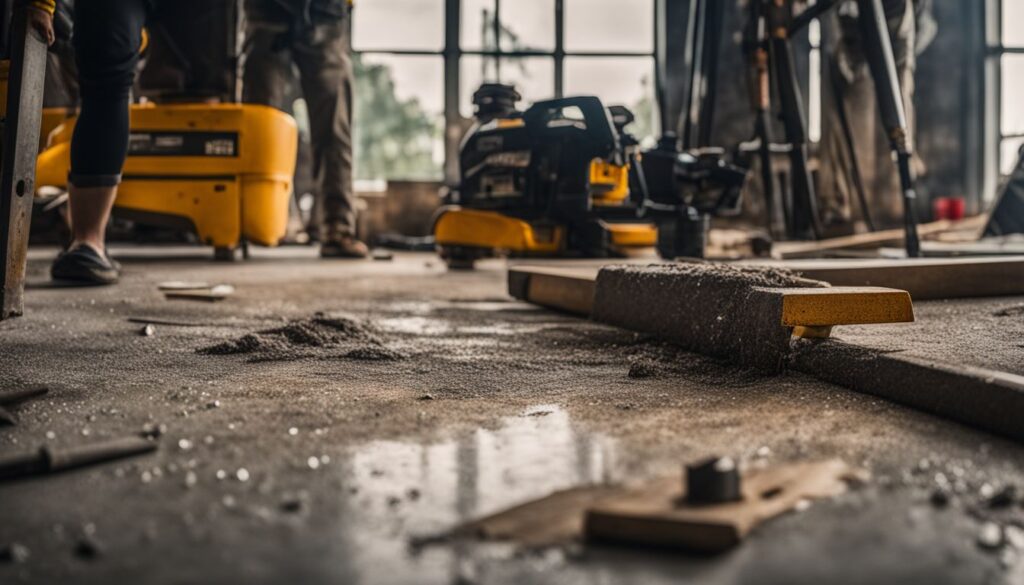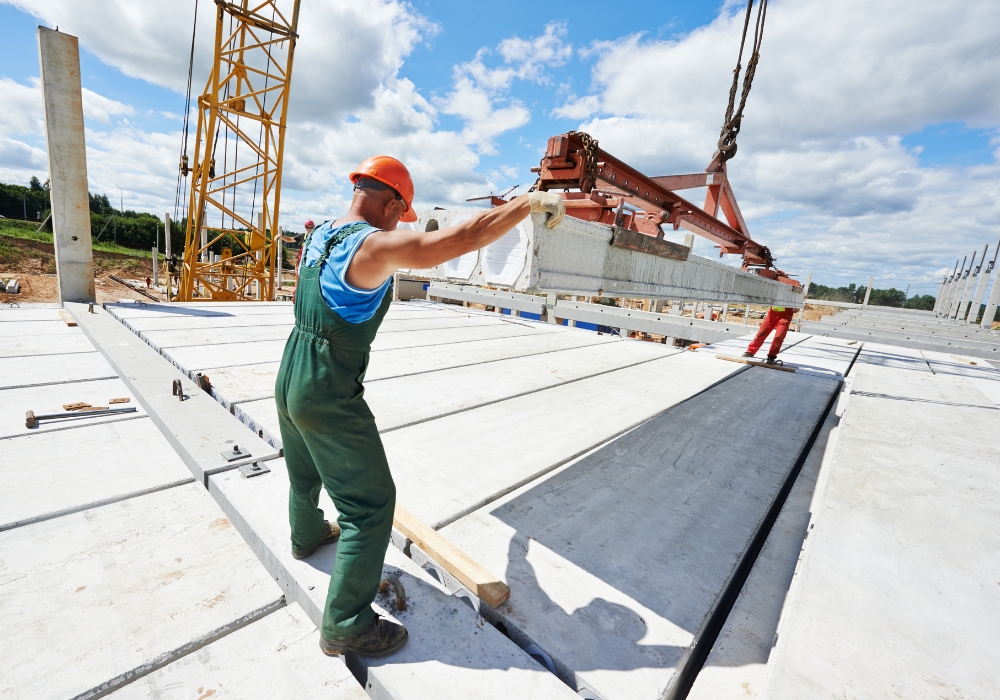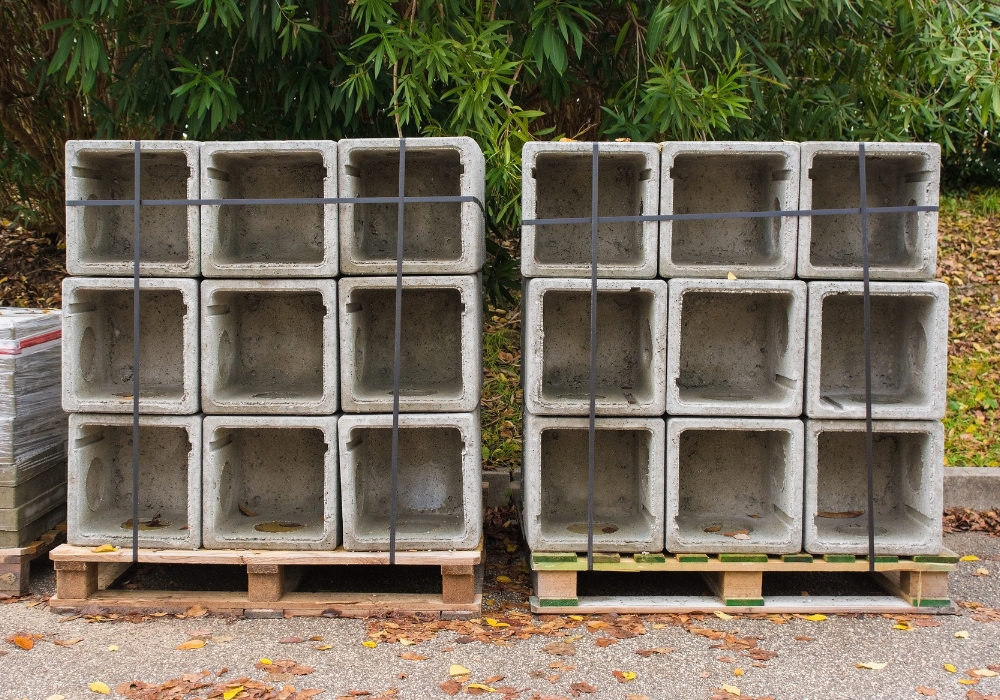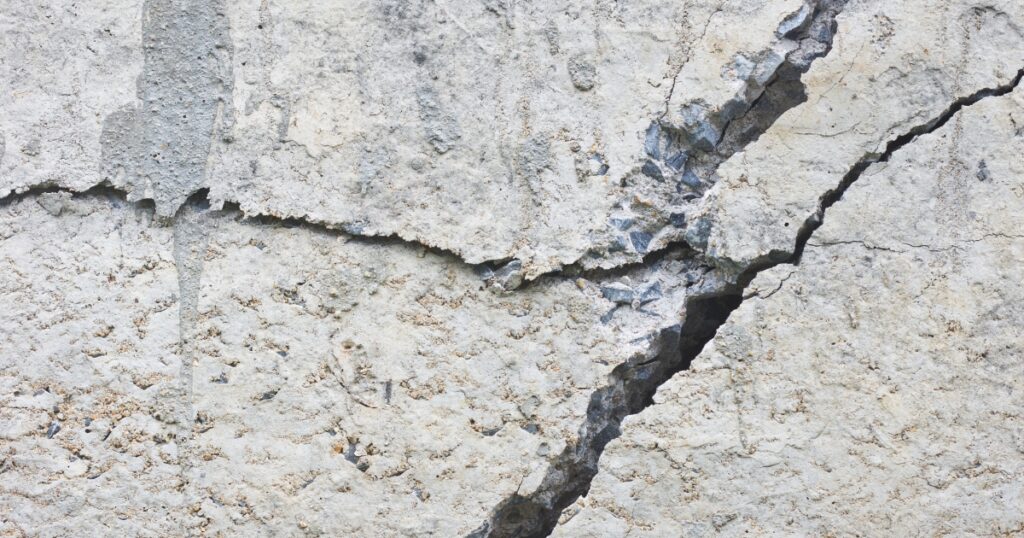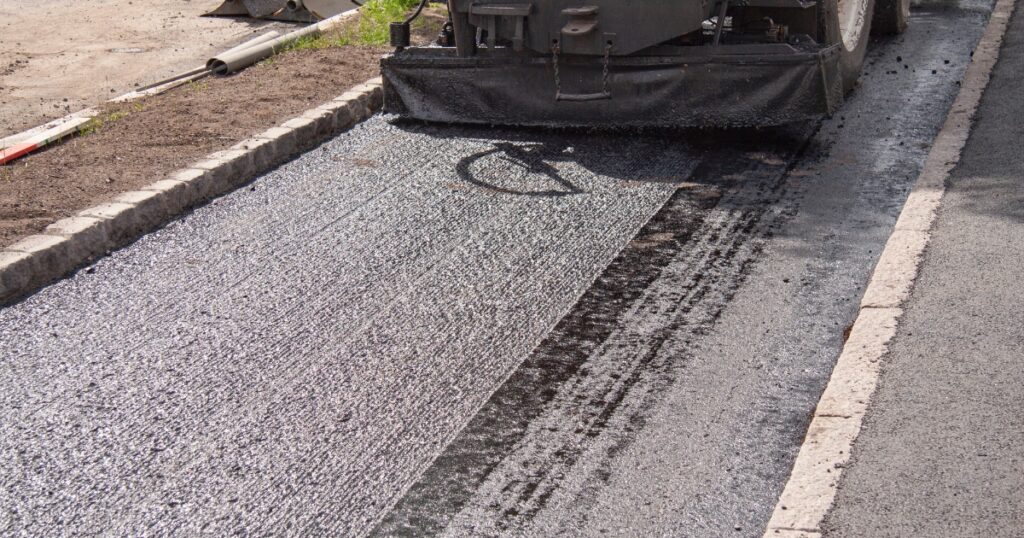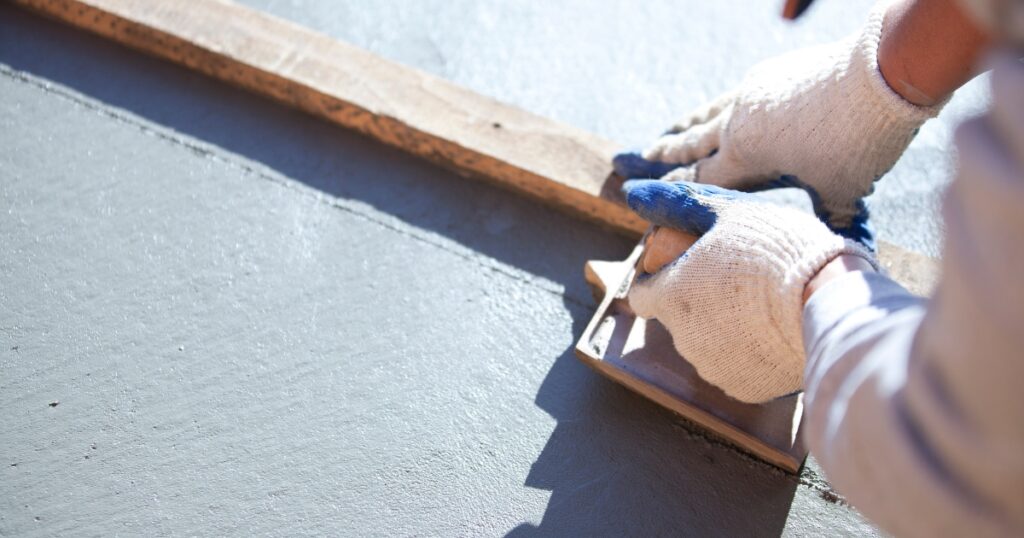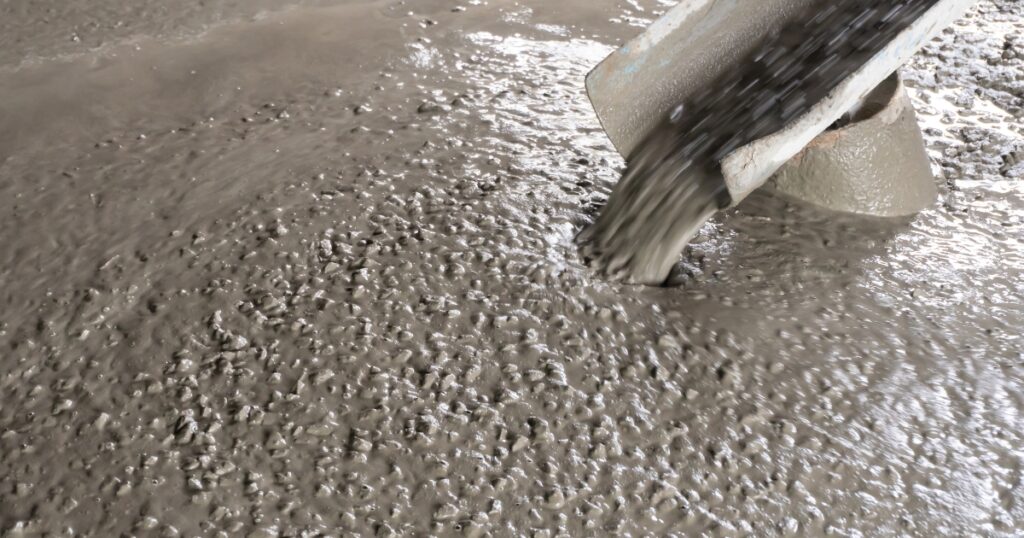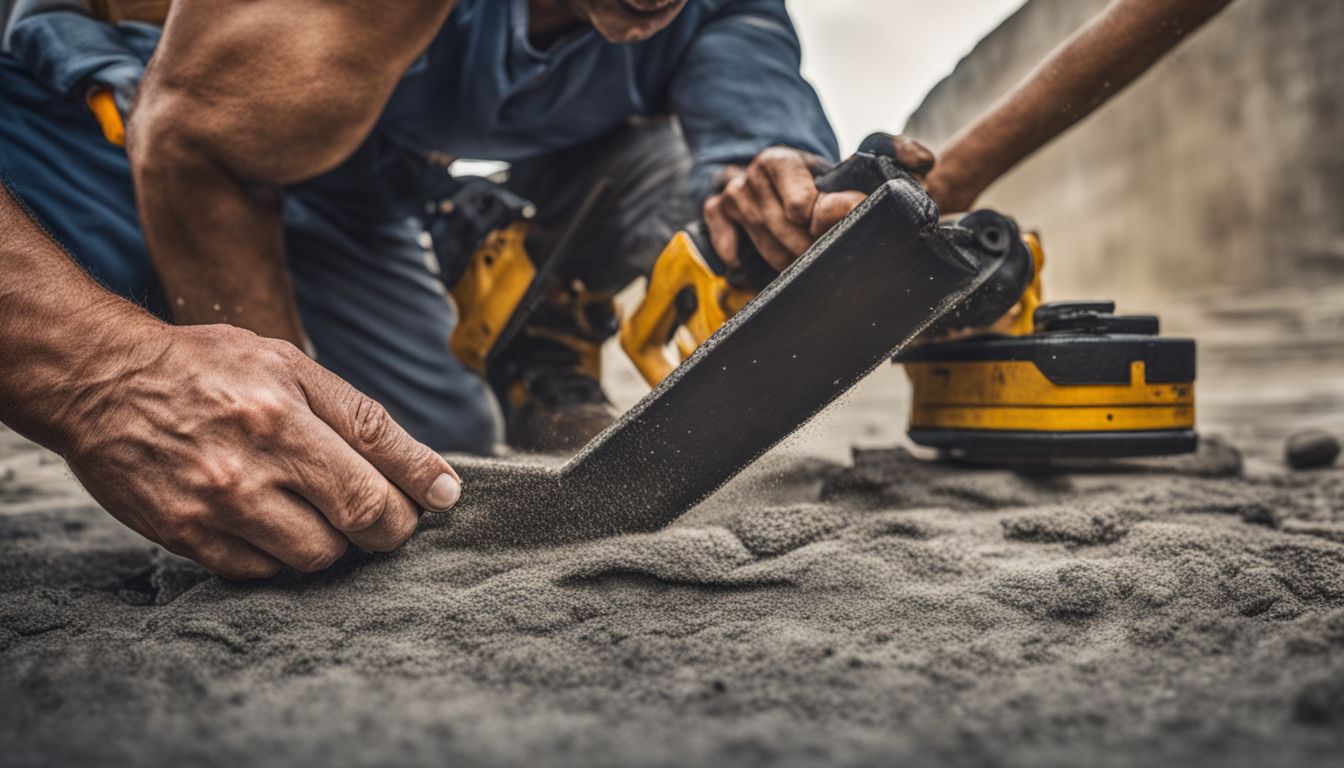
Cracks in the concrete can be a real headache, something many of us Down Under have grappled with. It’s a bit startling to learn that close to 95% of concrete bridges show some cracking after a while, which has had us on the hunt for top-notch fixes.
This yarn will walk you through understanding these pesky cracks and how to mend them with some clever techniques. Stick around to find out how we tackle it.
Understanding Concrete Cracks
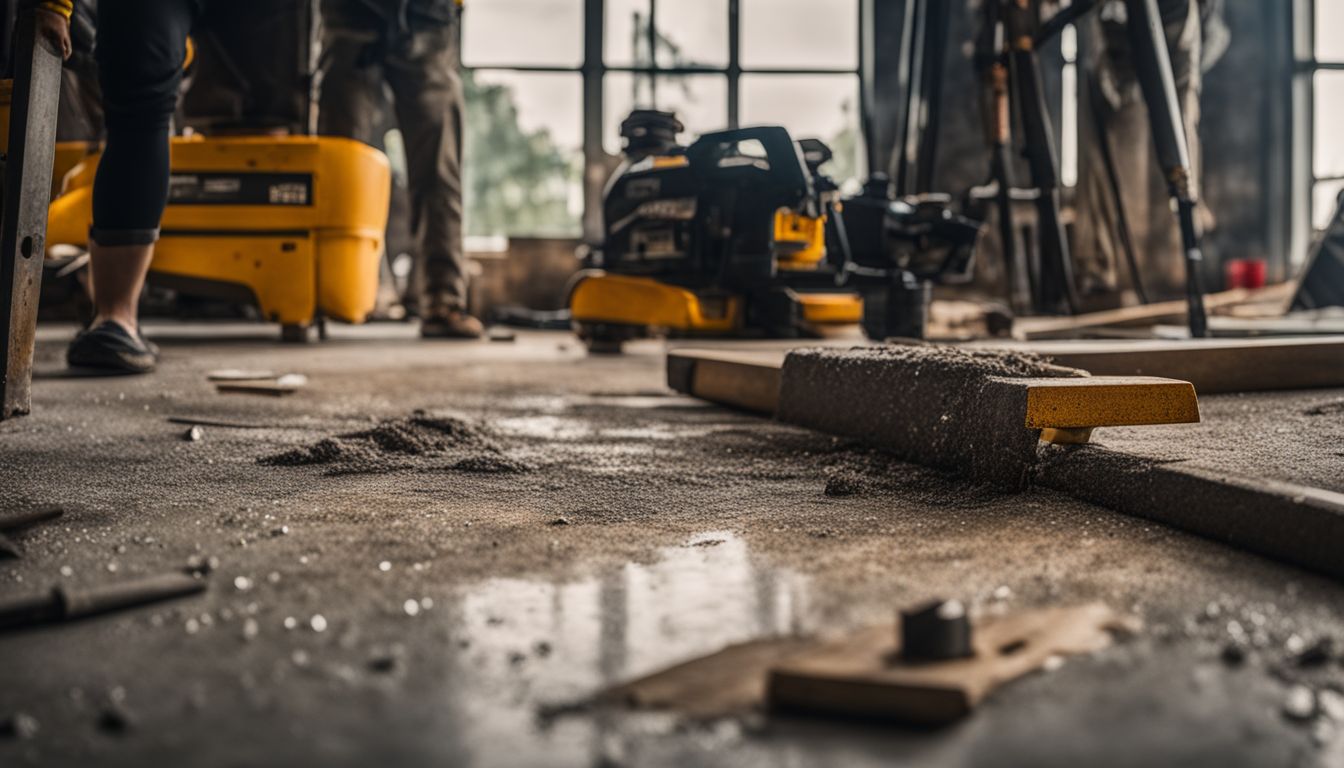
Understanding concrete cracks involves identifying their causes and analysing properties such as width variations and behaviour. Evaluating the development of cracks is crucial in determining appropriate repair techniques.
Key Causes of Concrete Failure

We understand the frustration and challenges that come with cracked concrete, whether in your home or business premises. Our goal is to shed light on the key causes of concrete failure, helping you make informed decisions for lasting repairs.
- Water Damage: Prolonged exposure to water can significantly weaken structural integrity. This occurs when water seeps into cracks, freezes, and then expands, causing further damage to the concrete.
- Chemical Reactions: Certain chemicals can react adversely with the concrete materials leading to spalling and deterioration over time. For example, the chloride in saltwater can corrode steel reinforcement bars within concrete structures.
- Overloading: Concrete has a limit to how much weight it can bear. Exceeding this limit by placing too much weight on concrete structures or slabs can lead to cracks and eventual failure.
- Environmental Stress: Extreme temperature changes cause concrete to expand and contract, which over time may lead to cracking and weakening of the material.
- Poor Construction Practices: Mistakes made during the mixing, pouring, or curing process of concrete can contribute to its premature failure. Inadequate compaction and improper placement of reinforcement also play a role.
- Ageing and Natural Wear: Over time, all building materials deteriorate due to natural wear and environmental factors. Ageing concrete may show signs of spalling, cracking, or settlement issues.
- Substandard Materials: Using low-quality construction materials compromises the durability and strength of concrete structures right from the start.
- Soil Movement: Shifting or settling soil beneath a concrete slab or structure can create uneven support, leading to cracks and instability.
By identifying these causes early on, we equip ourselves with knowledge crucial for preventing further damage through appropriate repair techniques and maintenance practices. Our focus remains on restoring structural integrity while prioritising long-lasting solutions in concrete rehabilitation.
The Importance of Fixing Concrete Cracks
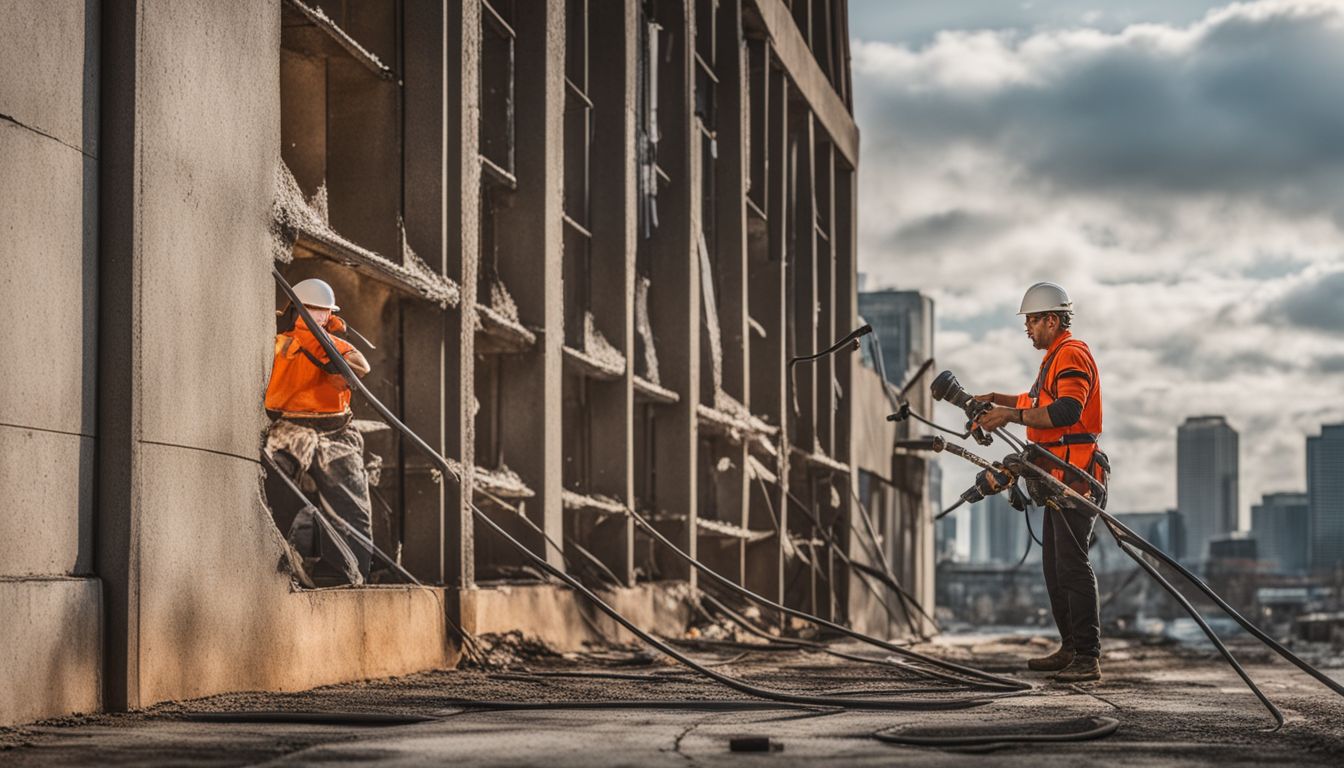
Ignoring concrete cracks can lead to significant structural issues, impacting the integrity and safety of buildings. Small fissures may seem harmless at first, yet they serve as gateways for moisture and harmful chemicals that exacerbate damage, leading to costly repair works in the future.
By addressing these cracks promptly through effective sealing and rehabilitation techniques, we preserve our structures, maintaining their strength and extending their lifespan. This preventive approach not only safeguards the building’s foundation but also contributes to overall cost savings by mitigating extensive damages.
Our focus then shifts towards accurately identifying and analysing these imperfections in concrete.
Identifying and Analysing Concrete Cracks

When identifying and analysing concrete cracks, we carefully observe the development of cracks, evaluate their properties, and assess variations in crack width to understand their behaviour.
This analysis is crucial for effectively addressing concrete rehabilitation needs.
Development of Cracks
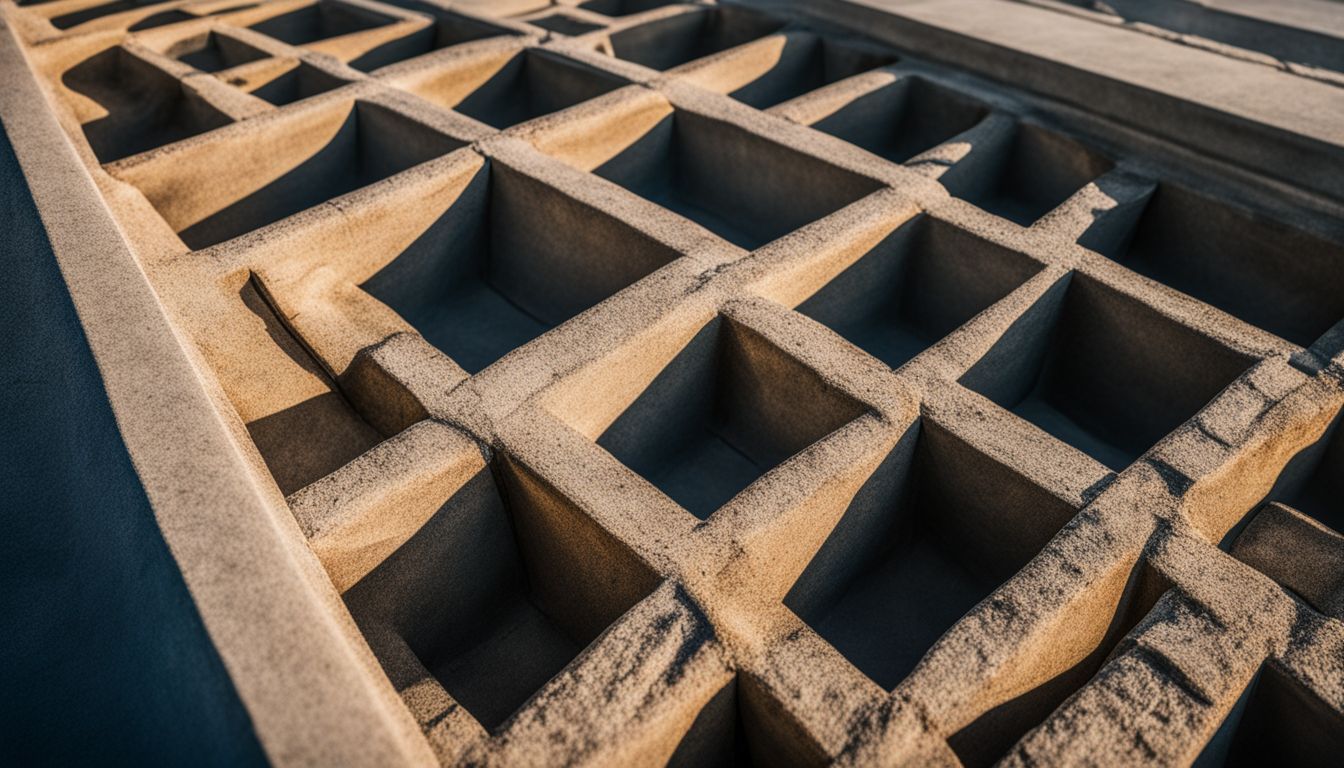
Cracks in concrete develop due to various reasons including structural stress, environmental conditions, and material deterioration. We see these fractures form over time as a result of the natural settling of structures, changes in temperature that cause expansion and contraction, or water damage undermining the integrity of the concrete.
It’s essential for us to address these signs promptly to prevent further damage.
Proper diagnosis plays a pivotal role in determining the right approach for concrete rehabilitation. By understanding crack behaviour and evaluating their properties such as width variations, we can select effective repair techniques tailored specifically to each situation.
This ensures not only the restoration of structural integrity but also enhances durability against future stresses.
Every crack tells a story – understanding it is key to effective rehabilitation.
Crack Properties and Evaluation
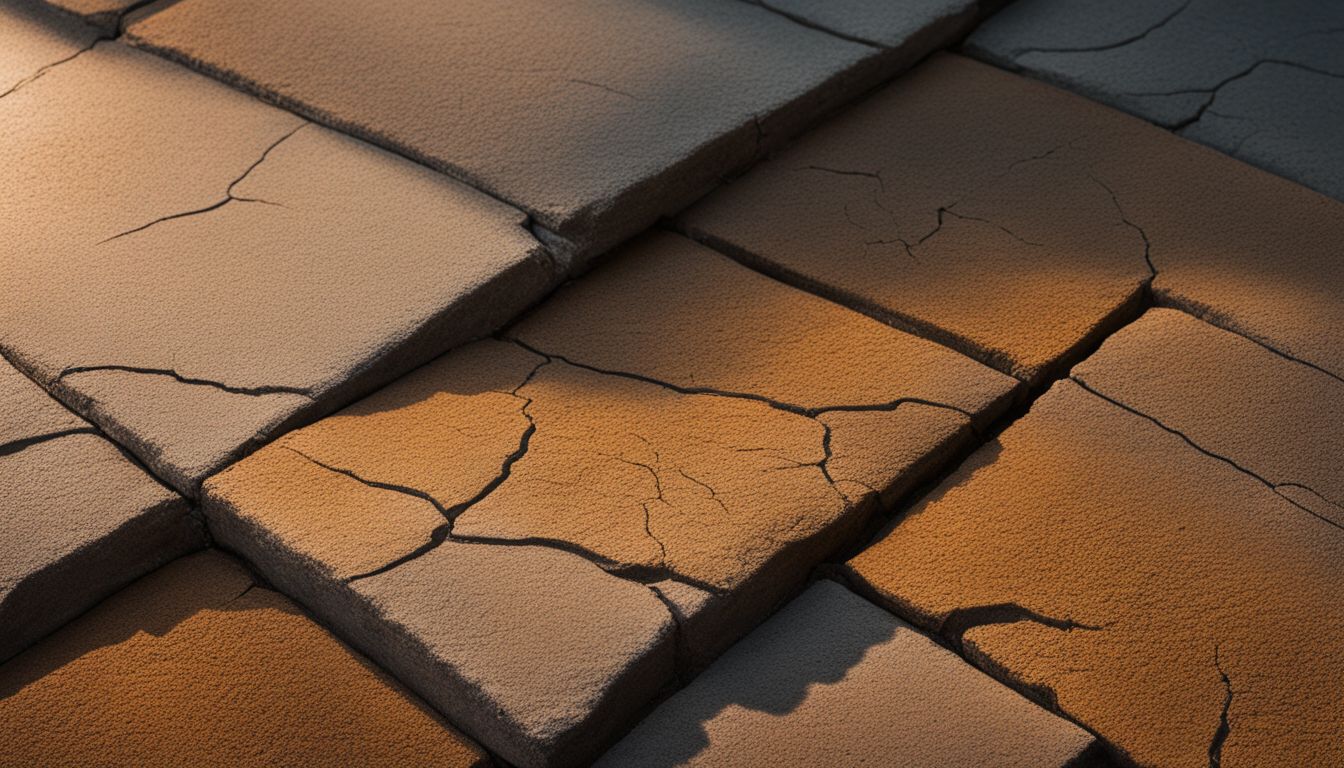
We start by examining the characteristics of cracks in concrete to identify their type, cause, and severity. This step is crucial for selecting the right repair techniques. By measuring crack widths and depths, we get a clear picture of the structural issues at hand.
We also evaluate whether cracks are active or dormant, which influences our approach to sealing them.
Next, we assess how environmental factors like temperature changes and moisture might affect these cracks over time. Understanding this helps us choose durable solutions that ensure long-term integrity of the structure.
Moving on to variations in crack width provides further insights into diagnosing and rehabilitating cracked concrete effectively.
Crack Width Variations

Crack width variations in concrete signify different issues that might be affecting a structure. Narrow cracks can result from minor tension forces or temperature changes, while wider cracks often point to structural damage or severe material deterioration.
We always assess these variations carefully to determine the most effective repair techniques.
Understanding the cause behind varying crack widths helps us choose the right materials and methods for concrete rehabilitation. This ensures not only the restoration of structural integrity but also prevents future problems by addressing underlying issues.
Our approach combines diagnosis with targeted solutions, aiming for long-lasting repairs and enhanced durability in all our projects.
Crack Behaviour

Cracks in concrete follow different paths and exhibit various behaviours depending on several factors. These include the concrete’s composition, the presence of reinforcing steel, and environmental conditions.
We see cracks widen under load or due to thermal expansion, while others may remain stable over time. Identifying these behaviours early helps us choose the right repair techniques.
Our team focuses on sealing cracks and restoring structural integrity through advanced rehabilitation solutions. Moving forward, we explore products and systems that effectively address these issues, ensuring long-term durability for both residential and commercial properties.
Advanced Solutions in Concrete Rehabilitation
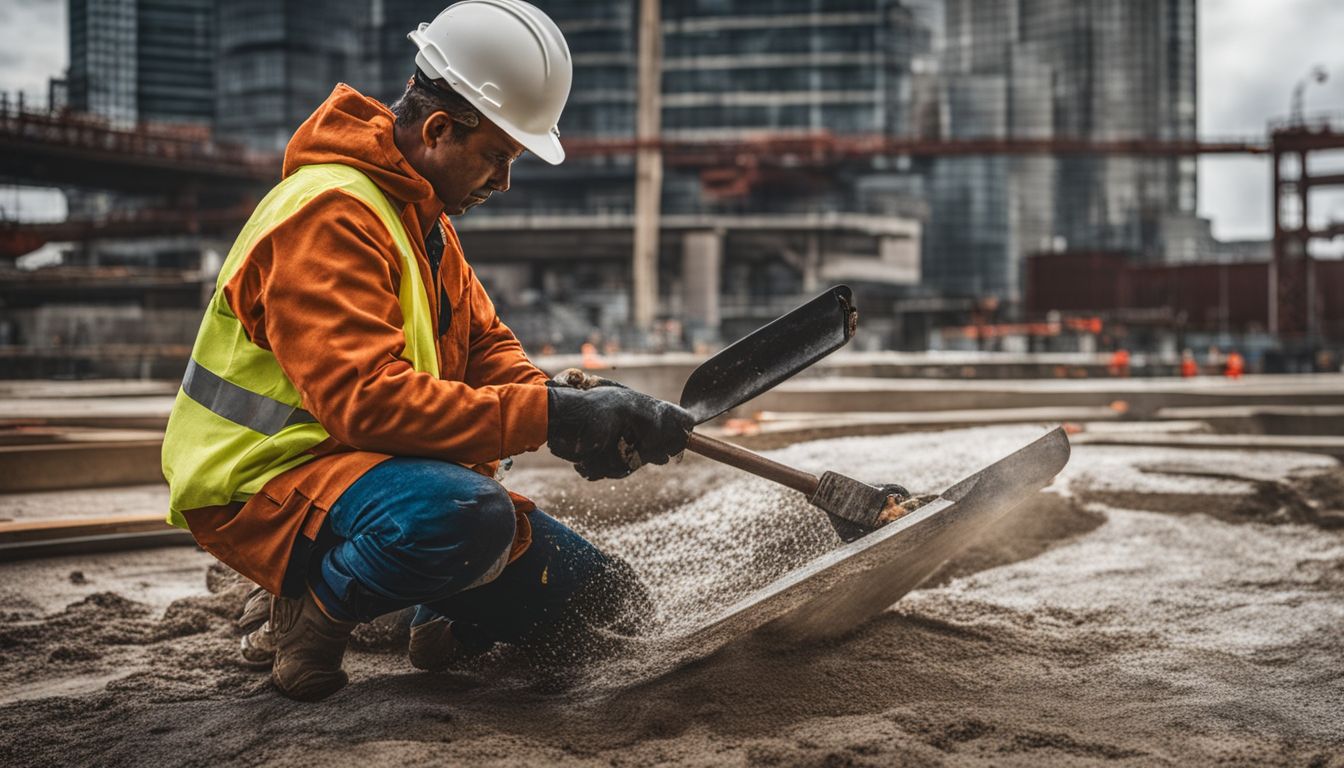
Discover cutting-edge products and systems for concrete repair, as well as innovative solutions like self-healing concrete based on expanded perlite and microbial healing technology.
Learn about Sika’s advanced concrete repair solutions and waterstop solutions to address even the most challenging structural issues!
Products and Systems for Concrete Repair

We understand the importance of addressing structural issues in concrete to ensure lasting durability. Our approach includes a variety of advanced solutions tailored specifically for concrete rehabilitation.
- Epoxy injections seal cracks effectively, restoring structural integrity to concrete buildings and bridges. This method involves injecting a high-strength epoxy into the crack under pressure, bonding the cracked sections together.
- Polymer – modified mortars provide superior adhesion and flexibility compared to traditional cement mortar, making them ideal for repairing spalling and damaged surfaces on structures.
- Cementitious waterproofing systems protect against water infiltration, which can cause severe damage to concrete over time. These systems create a watertight barrier over the surface or within the concrete itself.
- Carbon fibre reinforcement offers a modern solution to increasing the load – bearing capacity of existing concrete structures without significant weight addition or changes in dimensions.
- Silane – based sealers are used for sealing cracks and providing corrosion protection to reinforced concrete by penetrating deep into the surface and forming a protective layer that repels water and chemicals.
- Microbial healing technology introduces specific bacteria into the concrete that can produce limestone when they come into contact with water, effectively sealing small cracks before they become larger problems.
- Self – healing concrete based on expanded perlite incorporates materials that react with water to fill in cracks automatically, promoting longevity and reducing maintenance needs.
- Super – absorbent polymers can be added to prehardened concrete to prevent plastic shrinkage cracks by absorbing excess water during the curing process, helping maintain structural integrity from the start.
Each of these products and systems plays a crucial role in not only fixing existing problems but also preventing future issues in both new constructions and historical renovations alike. They represent our commitment to innovative construction materials and techniques for building maintenance, ensuring we stay at the forefront of infrastructure renewal and sustainability efforts in Australia’s challenging environment.
Sika’s Concrete Repair Solutions

“Sika provides a range of advanced concrete repair solutions for both residential and commercial properties. Sika’s products and systems are designed to enhance structural integrity, offering bespoke solutions that address material deterioration, corrosion protection, and reinforcement techniques.
Their suite of waterstop solutions effectively mitigates cracks in concrete, ensuring long-term durability. Self-healing concrete based on expanded perlite and microbial healing technology contribute to an ever-evolving realm of construction materials, underpinning the world of infrastructure renewal.”.
Sika’s advanced concrete repair solutions offer tailored options to enhance structure durability while addressing material deterioration and corrosion protection.
Waterstop Solutions
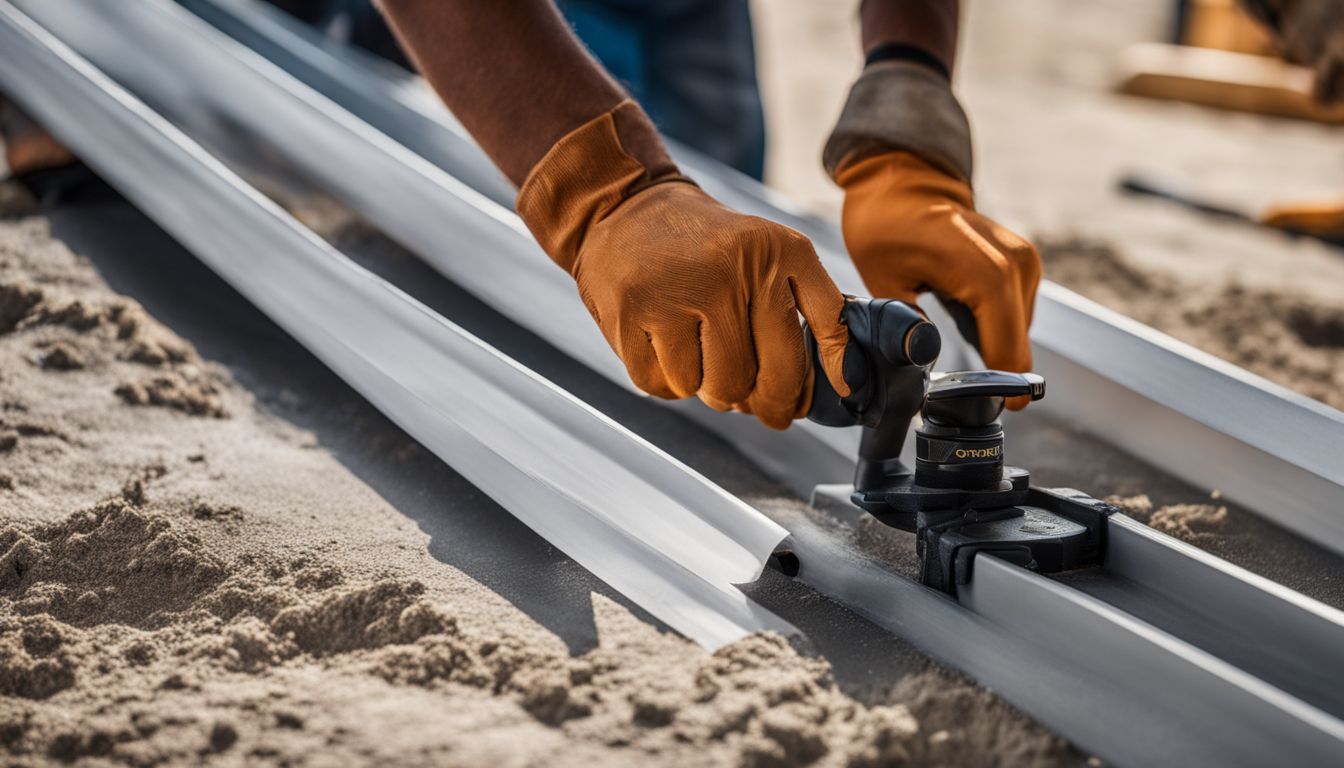
Transitioning from Sika’s Concrete Repair Solutions, we move on to Waterstop Solutions. Waterstops are essential components in preventing water leaks through concrete joints. These solutions effectively seal construction and expansion joints, ensuring structural integrity and waterproofing for both residential and commercial properties.
A variety of waterstop options cater to different needs, including PVC waterstops for non-moving joints, swellable waterstops for expansion joints, and injection hoses for sealing active leaks or filling voids within the concrete structure.
Waterstop Solutions play a critical role in safeguarding buildings against potential water damage, providing lasting protection against corrosion and material deterioration while enhancing the overall durability of reinforced concrete structures.
Self-healing Concrete Based on Expanded Perlite
Self-healing concrete based on expanded perlite utilises tiny capsules of a healing agent that rupture when cracks form, allowing the contents to fill and seal the gaps. This innovative technology helps to prevent further damage by proactively addressing cracks as they occur, ensuring the structural integrity of the concrete over time.
Expanded perlite, with its porous nature, acts as an ideal carrier for the healing agents and enables them to flow into hairline cracks, effectively sealing them. As a result, this self-healing concrete significantly reduces maintenance costs while enhancing the durability and lifespan of concrete structures.
Microbial Healing Technology
Microbial Healing Technology employs bacteria that produce calcite, which can seal cracks in concrete. These bacteria are embedded within the concrete and become active when water enters through a crack.
They then feed on calcium lactate present in the concrete mix, producing limestone to fill the voids. This innovative solution not only addresses existing cracks but also helps prevent future damage by continuously healing any new fractures that may occur.
As we move forward from exploring Microbial Healing Technology, let’s now delve into Mitigating Cracks in Concrete.
Mitigating Cracks in Concrete
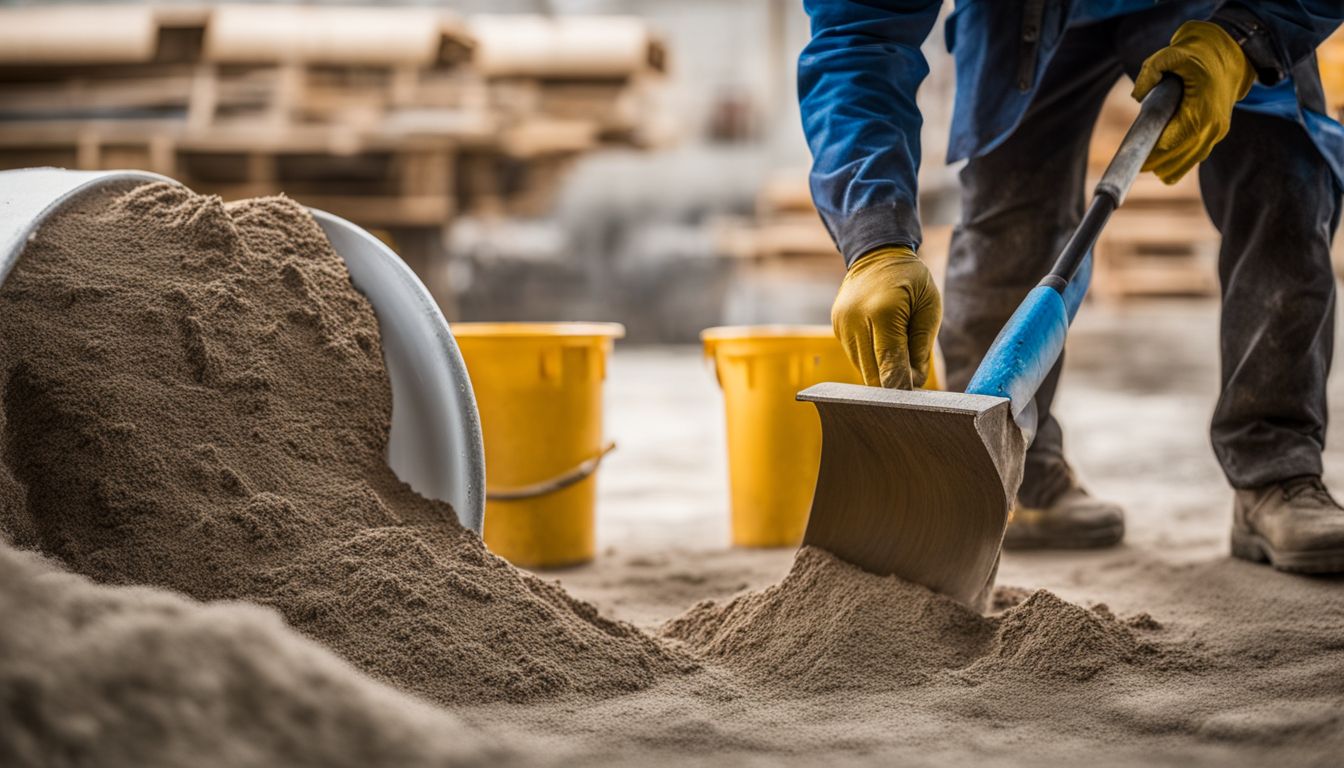
Mitigating cracks in concrete requires implementing long-term solutions for structure durability, addressing air entry point-free fresh state shrinkage and using super-absorbent polymers.
To learn more about effective crack mitigation techniques, read on.
Long-term Structure Durability
Long-term structure durability is crucial for the longevity and safety of any concrete infrastructure. Regular maintenance and using high-quality repair materials are essential to ensure that your concrete structures withstand the test of time, reducing the risk of costly repairs in the future.
By investing in crack mitigation solutions and reinforcing techniques, you can protect your concrete from material deterioration, corrosion, and structural issues. This proactive approach will not only extend the lifespan of your property but also save you significant expenses on extensive repairs down the line.
To guarantee long-term structure durability for your concrete surfaces, it’s imperative to address cracks promptly with effective repair techniques. Additionally, considering reinforcement solutions can strengthen your infrastructure against settlement and spalling, ensuring its structural integrity over an extended period Keywords: Structural issues, Concrete restoration,.
Air Entry Point – Free Fresh State Shrinkage
When concrete is poured, air can become trapped within the mixture. This entrapment can lead to free fresh state shrinkage as the concrete cures and dries. Free fresh state shrinkage refers to the reduction in volume of the concrete as it hardens due to the loss of water during hydration.
As this process occurs, any air that was initially trapped within the concrete creates voids and pockets, which result in cracking.
To mitigate these issues, advanced solutions such as plasticisers and super-absorbent polymers can be incorporated into the concrete mix to reduce air entrapment and minimise free fresh state shrinkage.
Plastic Shrinkage Cracks
Plastic shrinkage cracks occur when the concrete surface dries too quickly, often due to high temperatures or low humidity. As a result, these rapid conditions can cause the top layer of the concrete to shrink and crack before it has fully hardened.
To prevent plastic shrinkage cracks, consider using evaporation reducers or windbreaks during hot and dry weather, and ensure proper curing methods are in place. Regular monitoring of environmental conditions during the initial setting of concrete is essential.
Businessowners and homeowners should be aware that timely prevention measures can help avoid costly repairs down the line. By taking proactive steps to mitigate plastic shrinkage cracks, such as adjusting placement techniques and providing adequate curing protection, you can maintain the structural integrity of your concrete surfaces for years to come.
Super-absorbent Polymers for Crack Mitigation
Transitioning from plastic shrinkage cracks, super-absorbent polymers offer a proactive solution for crack mitigation in concrete. These innovative polymers act as moisture-retaining agents within the concrete mix, enhancing its ability to resist cracking caused by drying shrinkage.
By absorbing and retaining water, they help maintain the internal moisture levels of the concrete, effectively reducing the likelihood of surface cracks. This approach significantly contributes to the long-term durability and structural integrity of concrete constructions, providing an advanced preventive measure against potential crack formation and subsequent repair needs.
Furthermore, integrating super-absorbent polymers into concrete formulations aligns with our commitment to sustainable construction practices by promoting material efficiency and extending infrastructure lifespan.
The Significance of Crack Analysis
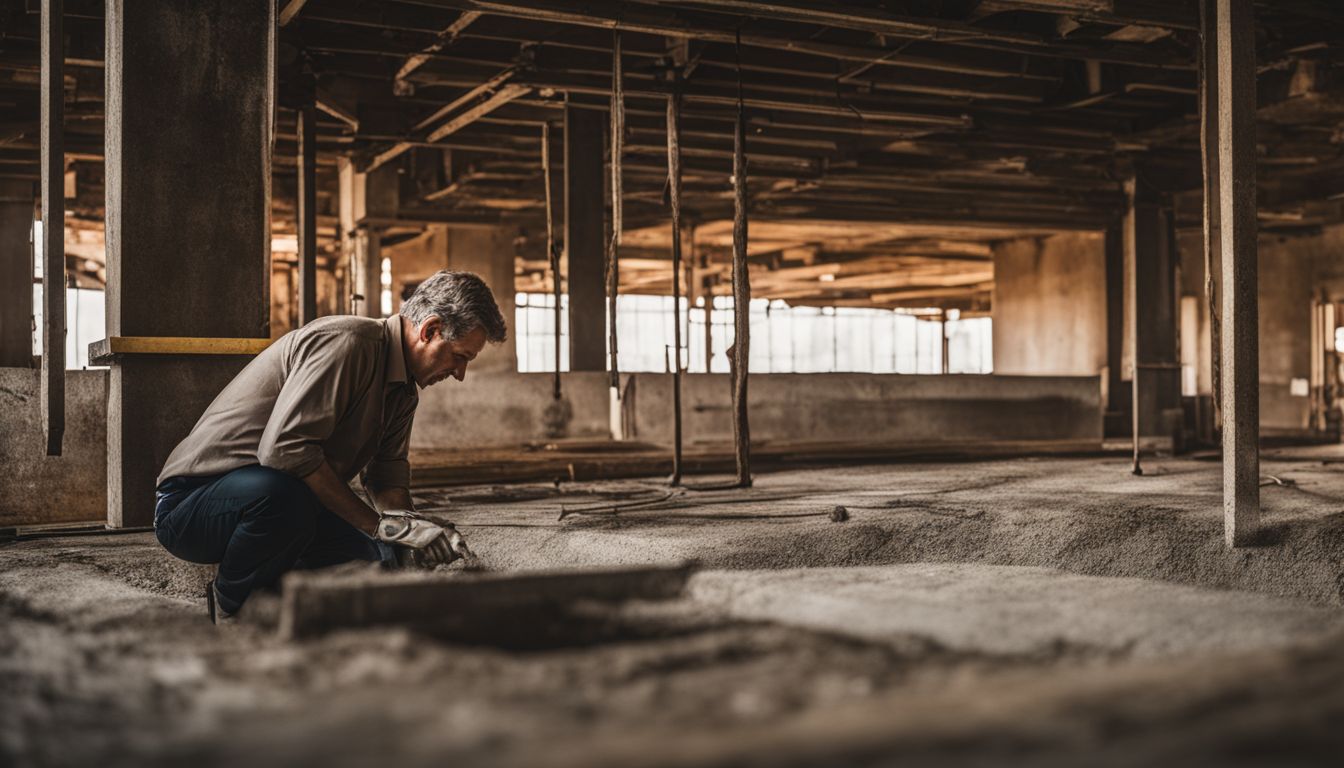
Crack analysis is crucial for understanding the root causes of concrete deterioration and informing effective repair strategies. Thorough crack analysis guides tailored solutions, underpinning long-term structural integrity.
Controlling Elements for Concrete Cracking Parameter Analysis
Understanding the factors that influence concrete cracking is crucial for both businessowners and homeowners alike. We focus on pinpointing the elements essential for analysis, ensuring concrete’s longevity and structural integrity. Below, we encapsulate these elements in a concise table for easy reference.
| Controlling Element | Description |
|---|---|
| Environmental Conditions | Temperature, humidity, and exposure to chemicals can all affect concrete’s propensity to crack. |
| Material Quality | The purity and properties of the concrete mix components significantly influence crack formation. |
| Construction Practices | Proper mixing, pouring, and curing methods are vital to reduce the risk of cracking. |
| Design Specifications | Adhering to precise structural design parameters minimises stress points that could lead to cracks. |
| Load Management | Understanding and planning for the load distribution on concrete structures can prevent over-stressing and cracking. |
| Age and Usage | Older concrete structures or those under frequent use may show more signs of wear and tear, including cracks. |
This table offers a snapshot of key factors we account for in our analysis. By addressing these elements, we can effectively manage and mitigate the development of cracks in concrete, preserving its strength and aesthetic appeal.
Case Studies of Concrete Repair Projects

Case studies of concrete repair projects feature real-life examples of successful structural repairs and restoration, showing how advanced solutions have been applied to rehabilitate cracked concrete in various settings.
These case studies serve as practical demonstrations of the effectiveness of different products and techniques, offering valuable insights for business owners and homeowners seeking reliable methods to address concrete rehabilitation needs.
A Fresh Lease of Life for Concrete with Maitland’s Repair Techniques
Maitland’s Repair Techniques breathe new life into aging concrete structures, providing a durable and cost-effective solution for homeowners and business owners alike. The techniques address common issues like spalling, cracks, and structural integrity concerns with precision.
Maitland’s approach involves thorough diagnosis of the problem areas followed by tailored repair methods using advanced products and systems – reinforcing the structure for long-term durability.
The results speak for themselves as Maitland’s Repair Techniques not only restore but enhance the concrete’s strength while addressing material deterioration and corrosion protection.
Future Perspective on Concrete Rehabilitation
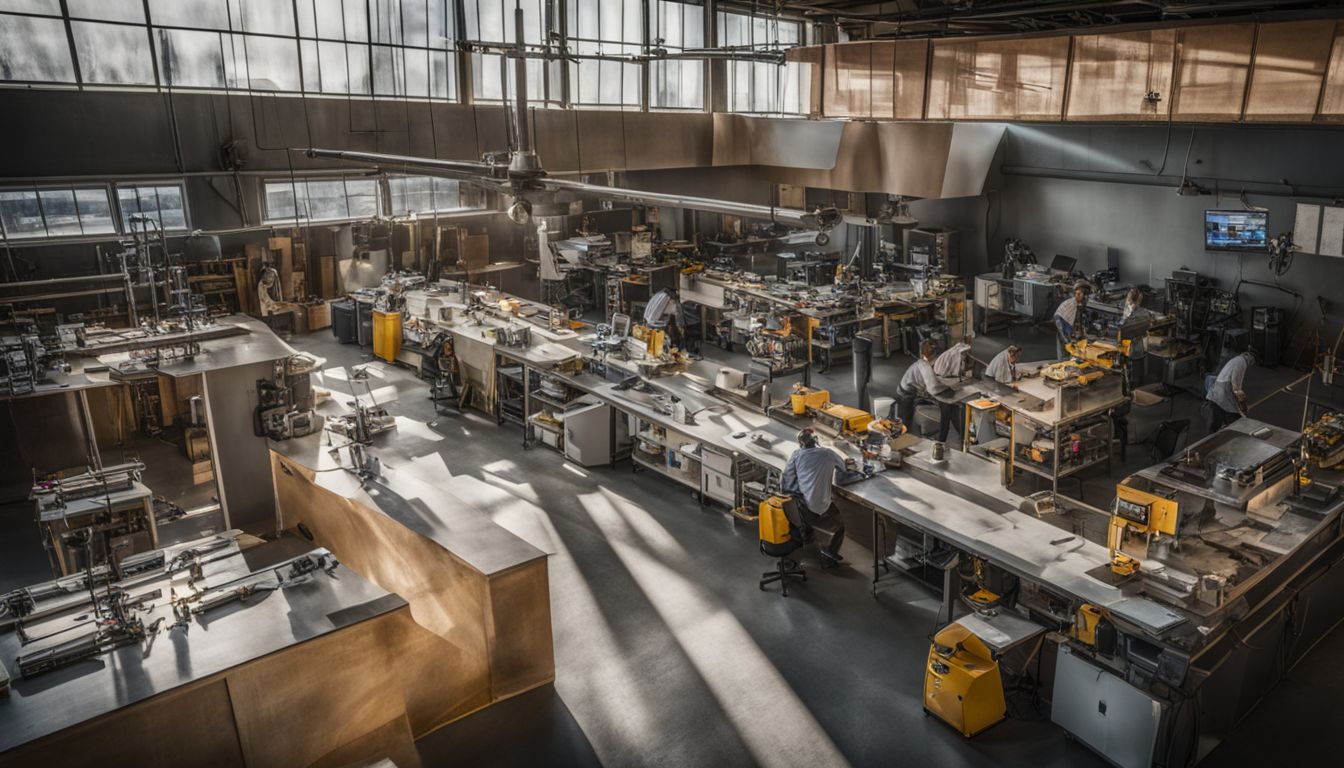
The future of concrete rehabilitation is promising, with advancements in materials and technologies driving the industry forward. Ongoing research and development are focused on creating sustainable, long-lasting solutions that promote structural integrity and durability.
Innovation in construction materials, reinforcement techniques, and surface treatments will continue to play a pivotal role in addressing material deterioration and corrosion protection.
As homeowners or business owners looking to ensure the longevity of your structures, it’s essential to stay informed about these developments to make informed decisions for the upkeep of your property.
In addition to this, infrastructure renewal will see a shift towards more environmentally friendly practices and materials. The ever-evolving realm of concrete rehabilitation will not only focus on repairing existing damage but also on preventing future issues through tailored solutions designed to enhance longevity.
As an integral part of building maintenance and structural repairs, embracing these new perspectives could unlock the secrets to cost-effective and robust solutions for concrete restoration.
Conclusion
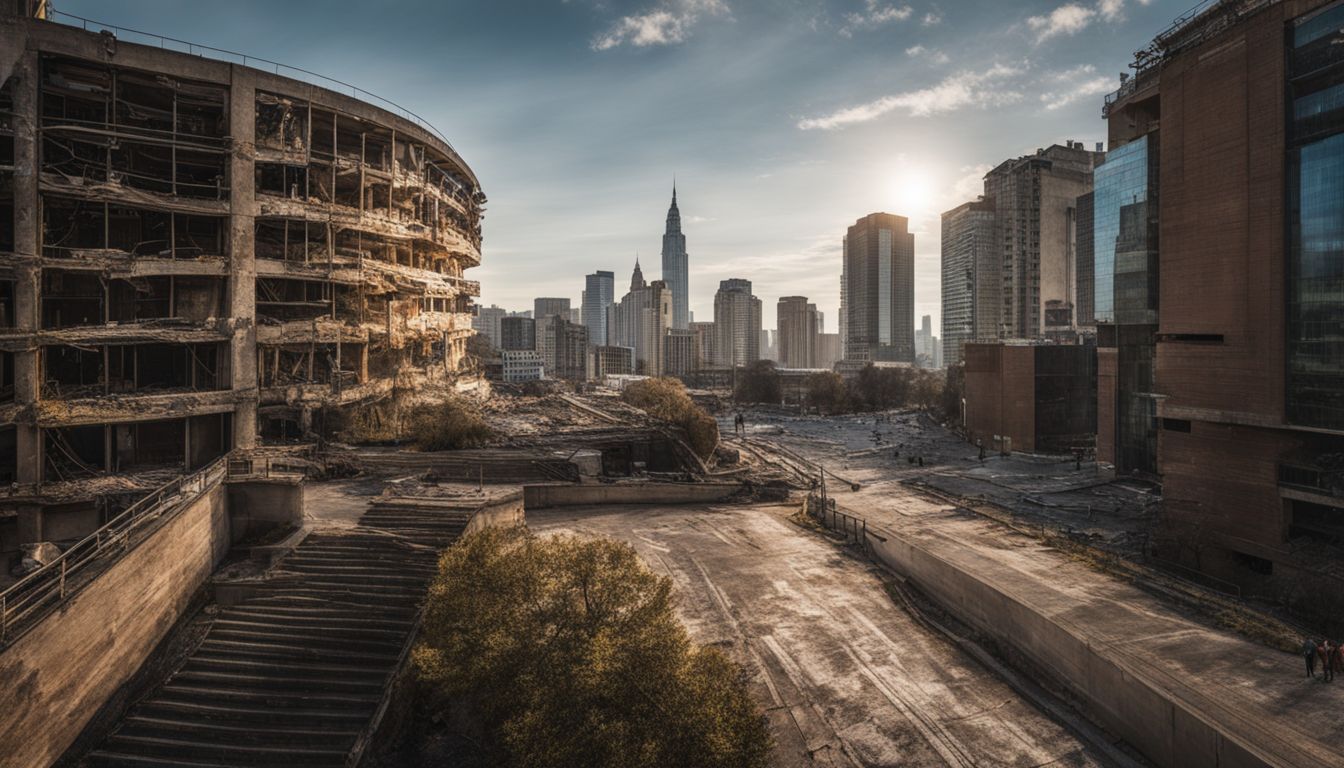
Concrete rehabilitation is critical to ensure long-term structural integrity and durability. By understanding the causes and properties of concrete cracks, we can identify advanced solutions for effective repair.
Our proactive approach emphasises practicality and efficiency, offering simple yet impactful strategies for mitigating cracks in concrete. The application of these advanced solutions not only enhances structure durability but also reinforces the significance of maintaining a robust infrastructure.
With a commitment to continual improvement, our focus remains on providing additional resources and guidance to support your concrete restoration endeavours. Let’s take action together to fortify our structures and create a lasting impact within the realm of concrete rehabilitation.
Discover how innovative repair techniques are breathing new life into concrete structures by exploring Maitland’s groundbreaking approach to concrete rehabilitation.
